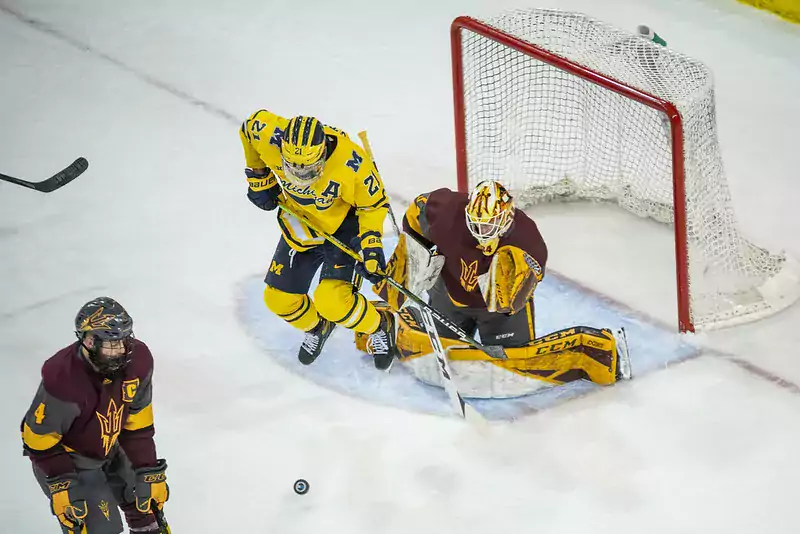how pucks are made

Learning Hockey, a Summer Series: Previously College Hockey 101, Nuts and Bolts 1: Transition Play, Nuts and Bolts 2: Forechecking, Nuts and Bolts 3: Power Plays, Nuts and Bolts 4: Penalty Kills, How to think like a Hockey Scout
Welcome back to the final addition of my 2021 summer series on teaching the finer points of hockey and its strategy. Over the course of this series we've covered the basics of NCAA hockey specifically, looked at strategy when it comes to transition play, forecheck alignments, PP's, and PK's, in addition to talking about how to scout players and what skills scouts look for. For this final post, I've assembled a mailbag by soliciting questions from readers, both through comments on some of my past pieces, as well as this post I threw up on the MGoBoard a week ago. I can't say I got to every question that was asked, but I did my best to respond to the ones that were either most frequently left, or the ones I found most interesting. I've also cited the usernames of who each comment was from (directly quoting in some cases, sometimes paraphrasing). I hope you all agree I did my best to get to as many questions as I could, and that my answers satisfy your desires:
"How do line changes work?" - Sue
Let's kick it off with this question. Teams are organized into lines and pairs of skaters: four lines of three forwards and three pairs of two defensemen. When a line or pair goes on the ice, it is referred to as a "shift". Any given shift is only going to last 45 seconds to a minute, typically, and line changes happen during the play in a free flowing manner. Players are rarely called back to the bench by a coach, but rather they have a general sense of timing in their head of when it's time to go for a change. After a long defensive sequence, players are going to be inclined to want to go for a change as soon as the puck leaves the defensive zone. Whenever there's transition play, with the puck either going from the DZ to the OZ or the OZ to the DZ, it's an opportunity for the teams to change. Typically the team with possession will go for a change, with one forward skating it up ice, allowing his defensemen and fellow linemates to go off, and after reinforcements arrive, he, too, will go for a change.
The coaches keep track of who is on the ice and will let the players on the bench know who is set to go on the ice next when the impending change comes. The best players are going to get more shifts than the lower caliber players as a general rule. When a line change happens during a play, the player exiting skates over to his bench and the player entering the game hops over the bench and onto the ice. However, that exchange can only happen when the player coming off is within five feet of the bench, which gives a little bit of leeway, and there will be a moment when both players are on the ice. The trick is, that neither the player coming off nor the player coming on can touch the puck while the other is on the ice, or that is a too many men on the ice penalty. This is why a warning bell goes off in the head of a hockey coach when the puck caroms towards the bench of his team while the team is in the midst of a change, because if any of the players touch the puck while the mass of bodies are switching, a penalty will be called.
[AFTER THE JUMP: A lot more questions and answers]
6